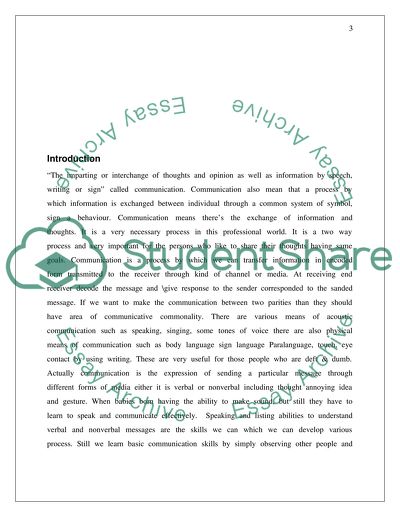Cite this document
(“Reflection on Communication in Practice Essay Example | Topics and Well Written Essays - 2000 words”, n.d.)
Retrieved from https://studentshare.org/psychology/1514720-reflection-on-communication-in-practice
Retrieved from https://studentshare.org/psychology/1514720-reflection-on-communication-in-practice
(Reflection on Communication in Practice Essay Example | Topics and Well Written Essays - 2000 Words)
https://studentshare.org/psychology/1514720-reflection-on-communication-in-practice.
https://studentshare.org/psychology/1514720-reflection-on-communication-in-practice.
“Reflection on Communication in Practice Essay Example | Topics and Well Written Essays - 2000 Words”, n.d. https://studentshare.org/psychology/1514720-reflection-on-communication-in-practice.


